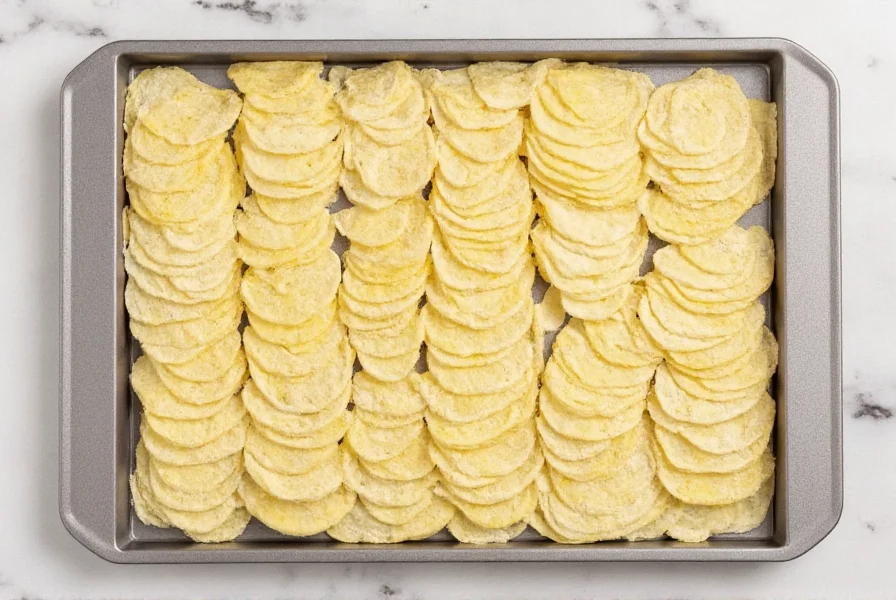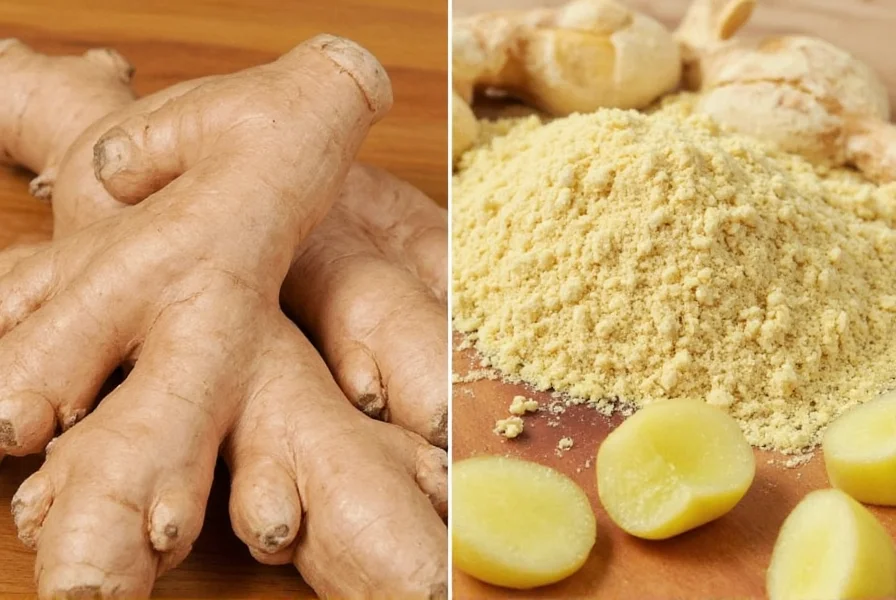Understanding how to convert fresh ginger to powdered ginger is essential for home cooks and culinary enthusiasts. Whether you're adapting recipes, preserving a ginger harvest, or simply substituting ingredients, knowing the proper conversion ratios and methods ensures your dishes maintain their intended flavor profile.
Understanding Ginger Conversion Ratios
The moisture content difference between fresh and powdered ginger creates a significant volume disparity. Fresh ginger contains about 80% water, which explains why the conversion isn't straightforward. When substituting in recipes, precision matters to maintain the intended flavor balance without overpowering your dish.
| Fresh Ginger | Powdered Ginger Equivalent | Best For |
|---|---|---|
| 1 inch piece (about 15g) | 1/4 teaspoon | Baking, spice blends |
| 1 tablespoon grated | 1/8 teaspoon | Cooking, sauces, marinades |
| 1/4 cup grated | 1/2 teaspoon | Curries, stews, soups |
| 1 cup grated | 2 teaspoons | Large batch recipes |
How to Make Powdered Ginger from Fresh Ginger
Creating your own powdered ginger preserves maximum flavor and avoids additives found in commercial products. Follow these steps for optimal results:
Step 1: Select and Prepare Fresh Ginger
Choose firm, smooth ginger roots with tight skin and no wrinkles. Younger ginger has thinner skin and higher moisture content, while mature ginger has a stronger flavor. Wash thoroughly and peel using a spoon (which follows the root's contours better than a knife).

Step 2: Slice Thinly and Consistently
Cut the peeled ginger into uniform 1/8-inch slices using a mandoline or sharp knife. Consistent thickness ensures even drying. Thicker pieces will take longer to dry and may develop mold before completely dehydrating.
Step 3: Choose Your Drying Method
You have three effective drying options, each with different time requirements:
- Air drying: Place slices on a wire rack in a well-ventilated area (3-7 days)
- Oven drying: 140°F (60°C) with door slightly ajar (2-4 hours)
- Dehydrator: 135°F (57°C) (6-10 hours)
The ginger is properly dried when it snaps rather than bends. Any flexibility indicates remaining moisture that could cause mold during storage.

Step 4: Grind to Powder
Use a spice grinder, high-speed blender, or mortar and pestle to process the dried ginger. For the finest powder, grind in small batches and sift through a fine mesh strainer, returning larger pieces to the grinder. Avoid over-processing, which can generate heat and diminish flavor.
Step 5: Proper Storage
Store your homemade powdered ginger in an airtight container away from light and heat. Glass jars with tight-sealing lids work best. Properly stored, it maintains peak flavor for 6-12 months (compared to 2-3 years for commercial powdered ginger due to processing differences).
When to Use Fresh vs. Powdered Ginger
Understanding the flavor differences helps determine when substitution works best:
- Fresh ginger: Bright, citrusy notes with spicy heat; ideal for marinades, stir-fries, and beverages
- Powdered ginger: Warmer, more earthy flavor; better for baking, spice blends, and long-cooking dishes
While you can substitute one for the other using the conversion ratios, some recipes work better with specific forms. Delicate dishes like ginger tea showcase fresh ginger's nuanced flavor, while gingerbread benefits from powdered ginger's concentrated warmth.
Common Conversion Mistakes to Avoid
Many home cooks make these errors when converting between ginger forms:
- Incorrect ratio application: Using equal volumes instead of the 8:1 ratio
- Improper drying: Incomplete drying leading to mold in stored powder
- Over-grinding: Creating heat that diminishes volatile flavor compounds
- Ignoring recipe timing: Adding powdered ginger too early in cooking processes
Remember that fresh ginger's flavor diminishes faster during cooking than powdered ginger. When substituting fresh for powdered in long-simmering dishes, add it later in the cooking process to preserve flavor.
Troubleshooting Ginger Conversions
If your ginger conversion didn't yield expected results, consider these factors:
- Ginger variety: Different cultivars have varying potency levels
- Storage conditions: Older ginger loses potency regardless of form
- Grind fineness: Coarser powder has less surface area and milder flavor
- Recipe acidity: Acidic ingredients can intensify ginger's heat
Frequently Asked Questions
Can I substitute fresh ginger for powdered ginger in baking recipes?
Yes, but use the 8:1 conversion ratio (1 tablespoon fresh grated ginger = 1/8 teaspoon powdered ginger). For baking, add fresh ginger later in the mixing process to preserve its volatile flavor compounds, as prolonged exposure to heat diminishes its potency compared to powdered ginger.
How long does homemade powdered ginger last compared to store-bought?
Homemade powdered ginger typically maintains peak flavor for 6-12 months when stored properly in an airtight container away from light and heat. Commercial powdered ginger often lasts 2-3 years due to industrial processing that removes more moisture and may include anti-caking agents.
Why does my homemade powdered ginger taste different from store-bought?
Homemade powdered ginger often has a brighter, more complex flavor because it's made from fresher ginger without additives. Commercial versions may use older ginger, contain anti-caking agents, or be processed at higher temperatures that alter flavor compounds. The specific ginger variety and drying method also affect the final taste profile.
What's the best way to dry ginger for powder without special equipment?
The most accessible method is air drying. Slice ginger thinly (1/8 inch), arrange on a wire rack with space between pieces, and place in a warm, dry, well-ventilated area away from direct sunlight. Turn slices daily. This takes 3-7 days depending on humidity. The ginger is ready when it snaps rather than bends.











 浙公网安备
33010002000092号
浙公网安备
33010002000092号 浙B2-20120091-4
浙B2-20120091-4